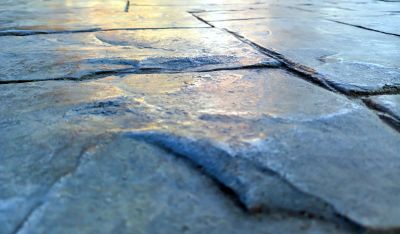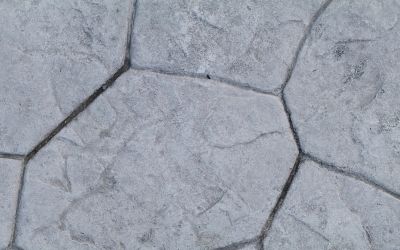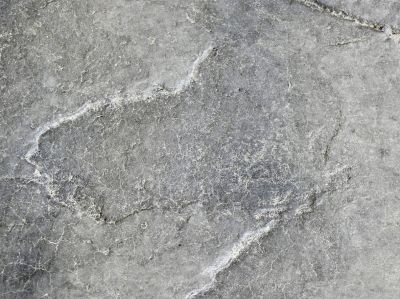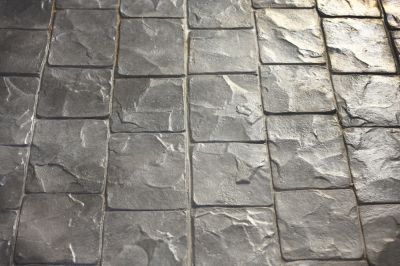Benefits of Stamped Concrete Installation
- 1. Versatile Design Options
- 2. Durability and Longevity
- 3. Low Maintenance
- 4. Cost-Effective Alternative
- 5. Enhances Property Value
- 6. Climate Resistance
1. Versatile Design Options
Stamped concrete offers a wide range of design possibilities. It can replicate the appearance of various materials, such as brick, stone, wood, or tile, allowing you to achieve the look you desire for your outdoor or indoor spaces.
2. Durability and Longevity
Stamped concrete is renowned for its durability. When properly installed and maintained, it can withstand heavy foot traffic, weather conditions, and other stressors. This longevity ensures your investment will last for years to come.
3. Low Maintenance
Maintaining stamped concrete is easy and cost-effective. Regular cleaning with a broom or hose, occasional resealing, and minor repairs as needed are usually all that's required to keep it looking pristine.
4. Cost-Effective Alternative
Stamped concrete offers an affordable alternative to expensive natural stone or paver installations. You can achieve the same elegant look at a fraction of the cost, making it an excellent choice for budget-conscious homeowners.
5. Enhances Property Value
Investing in stamped concrete can enhance your property's curb appeal and overall value. Its aesthetic appeal and durability make it an attractive feature for potential buyers or tenants.
6. Climate Resistance
Stamped concrete can withstand various weather conditions, including freezing temperatures and intense sunlight. Properly sealed and maintained, it remains resilient and visually appealing regardless of the climate.
Frequently Asked Questions
1. Can stamped concrete be used for indoor flooring?
Yes, stamped concrete is versatile and can be used for indoor flooring applications. It provides a unique and customizable decorative option for homes and businesses.
2. How often does stamped concrete need to be resealed?
The frequency of resealing stamped concrete depends on factors like usage, weather exposure, and the sealer type. As a general guideline, it may need resealing every 2 to 3 years to maintain its appearance and protection.
3. Is stamped concrete slippery when wet?
Stamped concrete can be treated with anti-slip additives during the sealing process to enhance its slip resistance, making it safe even when wet. It's important to discuss this with your contractor to ensure safety.
4. Can existing concrete surfaces be stamped?
In some cases, existing concrete surfaces can be stamped. However, it's essential to evaluate the condition of the existing concrete and consult with a professional to determine if it's suitable for stamping.
5. What is the typical lifespan of stamped concrete?
With proper installation and maintenance, stamped concrete can last for decades. Its longevity is influenced by factors like climate, usage, and maintenance practices.




